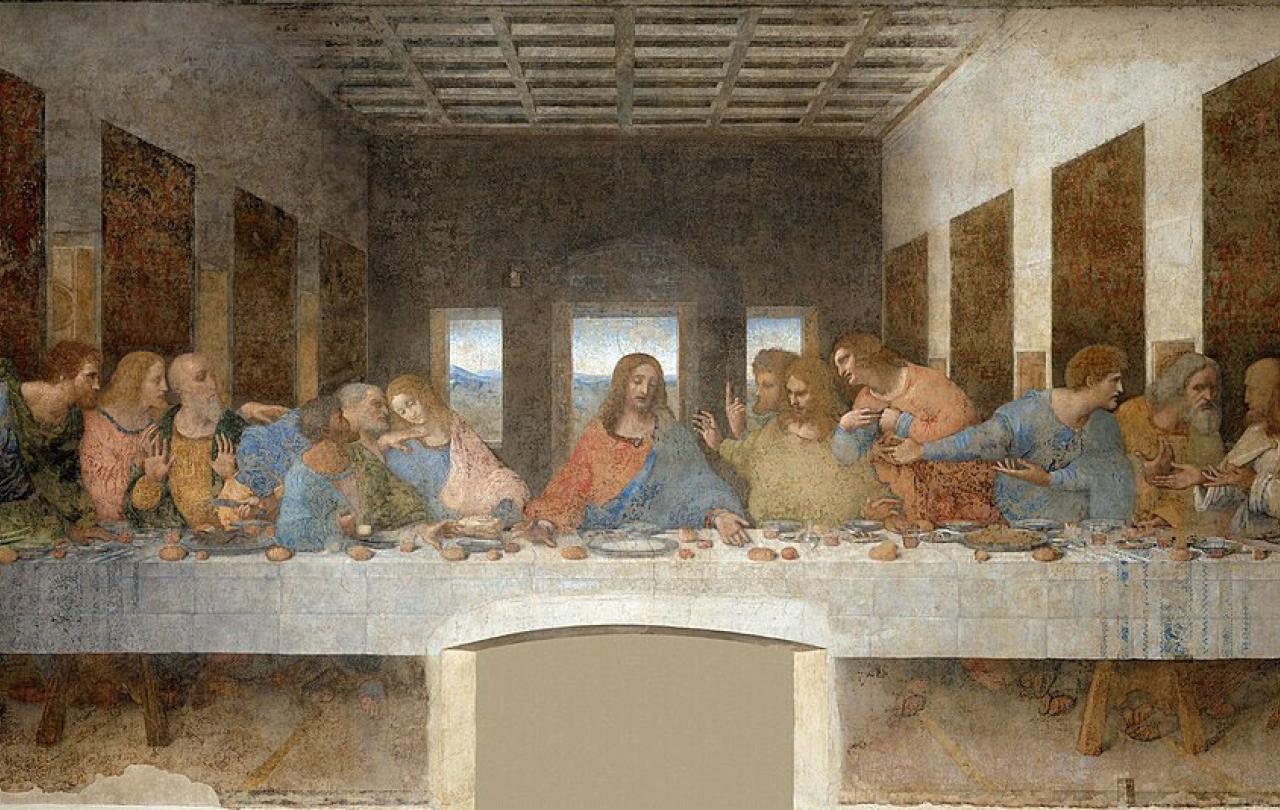Human beings like to mark the first time things are done. The first moon landing has been immortalized; Amelia Earhart was the first woman to fly solo over the Atlantic; my football geekiness reminds me the first £1m football transfer was Trevor Francis from Birmingham City to Nottingham Forest.
We leant recently that Elon Musk could be the first person to earn a $1 trillion remuneration package. It is not quite that simple, however, with Tesla shareholders only granting this if certain conditions are met over the course of a number of years, but the media like a good headline and seemingly this will contribute another ‘first’ for the history books. Reports suggest that Musk actually lives a fairly modest life (for a billionaire!) and he seems more driven by political and moral questions than securing a lavish lifestyle for its own sake, whether you agree with him or not.
Questions have arisen about what could be done with $1 trillion. Apparently, this could buy every single car sold in the USA in a year, 175 billion big macs or if you are more philanthropically minded, you could surely make a dent in world hunger or global debt. If we are waiting for a big give-away from Musk, we might be waiting a while, however. In 2022 he said that it is ‘very hard to give away money effectively’ if you want tangible outcomes rather than the optics of doing good.
What does Christian teaching have to say about excessive wealth or wealth more generally? There are over 2,000 verses in the Bible about wealth and a significant amount of Jesus’ teachings concern money.
In his book Money and Power, theologian and sociologist Jacques Ellul suggests Christians tend to look at wealth through the lens of their society. In the West this means we look at it through economic systems. Individual action achieves little by itself so we look for systems to fix our problems, be they capitalism, Marxism, collectivism, or whatever: ‘All I have to do is campaign for socialism or conservatism, and as soon as society's problems are solved, I will be just and virtuous – effortlessly.’ As well as absolving individuals of their responsibility, this also fails to capture a key aspect of the Bible’s view of money: its personal character. Looking at wealth through economic systems assumes money is just a ‘thing’ to be used for good or bad and something about which we can approach with cool neutrality. The name Jesus gives to wealth is ‘Mammon,’ which he contrasts with God: you must choose to serve one or the other.
Mammon is described as an agent or power from which we need to be liberated. Some Christians argue that the liberation of salvation allows them to hold onto wealth because they can possess it without being possessed. This is the standard view of wealth in the Western church. Christians have largely lost any collective sense that accumulating wealth might be a problem probably because we live in a society where our economic model relies on our greed and consumption.
Why does Jesus say we have to choose between serving God and mammon? Quite simply because it cuts to the heart of where we put our trust. The repeated question of Bible is: where do you put your trust? In the chariots of princes, in alliances with other nations, in the health of your bank balance, or in God? Money provides the opportunity to direct the course of our lives to a significant degree. Most Christians in the West will sing about fully relying on God when in reality we put our trust in money which allows us to determine where we live, the friends we have, the very trajectory of our lives.
This, I suggest, is the essence of the Bible’s teaching on wealth or Mammon. Even before arguments based on giving to alleviate poverty (which are far from unimportant) the question of wealth is intrinsically linked to belief that God can be trusted or not. It is not impossible to be wealthy and faithfully follow God. It is also possible to be materially poor and far from God. It is a smaller step, however, to faithfulness and the Kingdom of God from a simple life than from one of abundance and control that money gives you. When you have little, you have little other choice than to rely on God. Trust and lack of human control are literally built into the fabric of your everyday life in a way that is alien for those who live with more than they need. Learning to trust God therefore will come more naturally as it is a pattern that is familiar.
This is not to romanticise poverty. I am a Salvation Army officer and see the crushing reality of debt, addiction and need on a regular basis. William Booth, co-founder of this Christian tradition once said, “It is impossible to comfort men's hearts with the love of God when their feet are perishing with cold.”
In light of this, there is an act which strips the power of money more than anything else according to Christian teaching, and that is giving. It is more blessed to give than receive, says Jesus. The reason this is the case is the same for anything that can take control of our lives, be it sex, power, status or whatever. By giving we show Mammon its rightful place: service of God and humanity. If we are prepared to give something away it does not have power over us. This is why Christians consistently give portions of their income away to their church; on top of this many give to charities and/or store a pot to give away spontaneously as God leads. While it is not mandated for all, a number of notable Christian figures in history have felt a call to give the majority of their wealth away as a sign of their own freedom: St Francis, Melania and Pipanius, Leo Tolstoy to name but a few. Giving is good for the soul in Christian teaching.
I am not an economist and don’t claim expertise on the efficiency of grand systems to alleviate the world’s problems. Despite the inherent unease at the prospect of such vast inequality represented by Musk, simply projecting all of society’s ills onto others absolves us of our complicity in inequality. From a Christian perspective maybe Musk and any of us who store up more than we need in barns as Jesus puts it, can be reminded that giving robs wealth of its tendency to ensnare and control, and this freedom can be enjoyed right now. As Paul reminds the Christians in Galatia: ‘It is for freedom you have been set free, do not let yourselves be burdened again by the yoke of slavery,’ by which Mammon and other distractions long to trap us.






